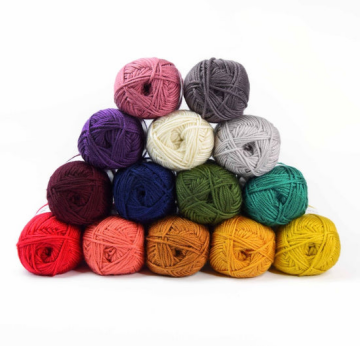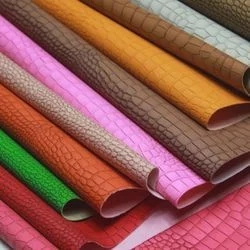What are Cationic dyes?
Cationic dyes can be dissociated into positively charged ions in aqueous solution. They can interact with the negative groups on the fiber molecules to form salts, which can be further firmly attached to the fibers, thereby staining the fibers. Cationic dyes have been successfully developed based on alkaline dyes. The stained principle of cationic dyes is to dye the fibers by combining their cations with acidic groups in the third monomer of acrylon, thereby resulting in high fastness.
Applications of Cationic dyes:
1.Dyeing of synthetic fibers: Cationic dyes are mostly applied to the dyeing of the polyester fiber and acrylic fiber. The cationic chromophore is first absorbed by the fiber surface with negative electricity and then diffuses into the interior of fiber at an elevated temperature; it binds to the active acid groups but its accessibility depends on temperature and fiber composition. Therefore, the dyeing characteristics of cationic dyes are determined by affinity and diffusibility.
2.Dyeing of paper and leather: Cationic dyes offer good affinity for negatively charged wood pulp and unbleached pulp grades. Cationic dyes are chosen for their brilliance and intensity, making them particularly useful for recycled paper grades. Cationic dyes are the first synthetic organic dyes used to dye leather and originally used for dyeing vegetable tanning leathers. They are also used to produce typewriter ribbons and copying paper.
Contact Person : Mr. Zhu
Email : info@tianjinleading.com
Phone/Wechat/Whatsapp : 008613802126948
Post time: Feb-24-2022














